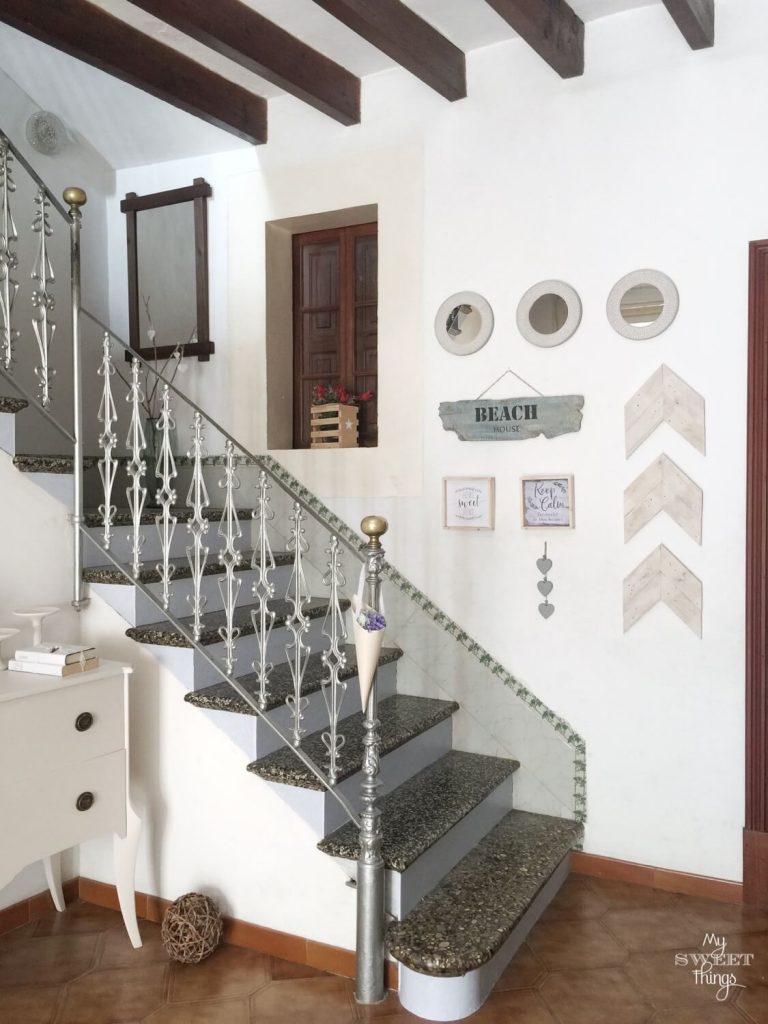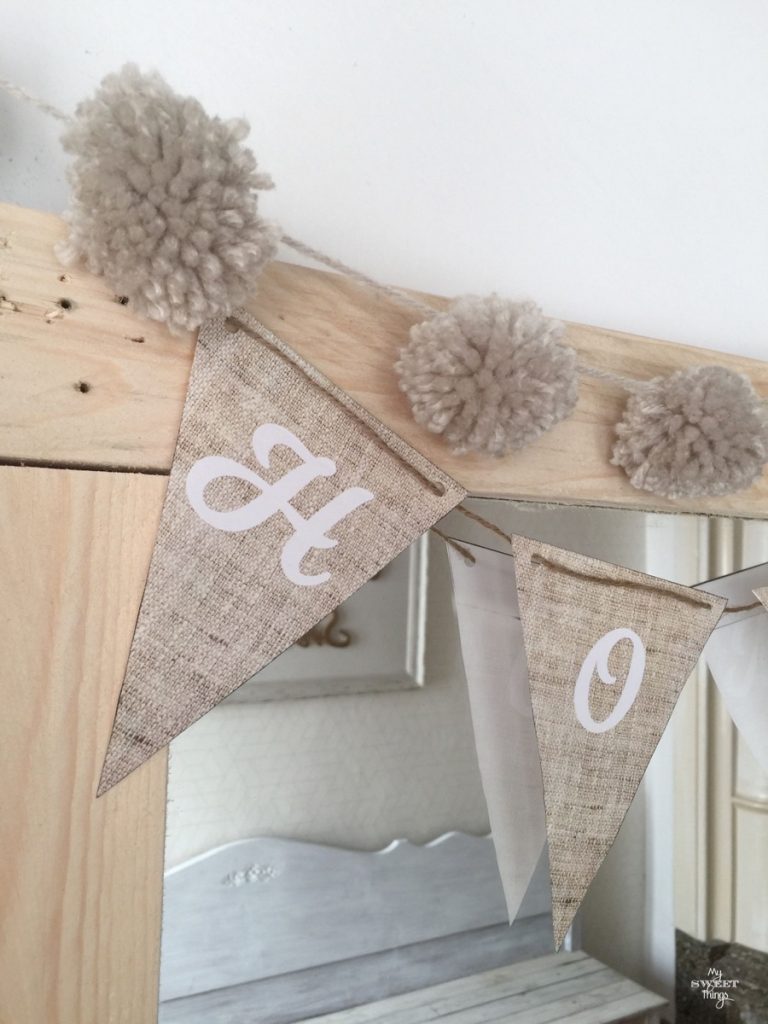Embarking on do-it-yourself (DIY) projects can be both creatively fulfilling and cost-effective. However, without proper financial planning, DIY endeavors can quickly escalate in terms of expenses. Creating a budget tailored specifically for your DIY projects is essential to ensure that your creativity thrives within financial boundaries. Here’s a comprehensive guide to help you create a budget for your DIY ventures:
Define Your DIY Project
Clearly outline the scope of your DIY project. Whether it’s renovating a room, building furniture, or crafting home decor, define the project’s specifics. List down all the materials, tools, and services you might need. This clarity is the foundation of your budgeting process.
There are some projects where you may think you will have to invest a lot of money, but with a bit of inspiration and a low budget, you can reach a high-end result, as done with this staircase makeover.
Research and Price Materials
Research the materials and tools required for your project. Visit local stores, check online retailers, and compare prices. Take note of any ongoing sales, discounts, or bulk purchase offers. Be thorough in your research to identify the most cost-effective options without compromising on quality.
Create a Detailed Materials List
Develop a comprehensive list of all the materials and tools needed for your DIY project. Include everything from lumber and paint to screws and adhesives. Break down the list into categories to make it easier to track expenses. Don’t forget to account for safety equipment and any specialized tools you may need to purchase or rent. A good idea is to look for tools on sale and clearance; this way, you can save some money.
Set a Realistic Budget
Based on your research and materials list, set a realistic budget for your DIY project. Consider adding a buffer for unexpected expenses or contingencies. Be disciplined about adhering to your budget, as overspending can lead to financial strain and compromise the feasibility of the project. If you are having trouble getting a budget that covers even the basics, then consider ways to free up some money to increase this available budget.
For example, what services are you paying for that could be canceled? You could start with your streaming services. Depending on how many you cancel, you could free up anything from $6 up to $50 if you are willing to part with some for a short while. You can always sign back up again after the project is done. Then, look into your utility prices. Could you be paying more for your electricity than you need to? Compare electricity rates to get the lowest options available and use the money saved in your budget.
Prioritize and Plan
Prioritize your expenses based on the critical elements of your project. Allocate funds to essential materials and tools first. If your budget allows, consider allocating a portion for decorative or non-essential items. Plan your purchases strategically to ensure you stay within your financial limits.
Explore DIY Alternatives
One of the significant advantages of DIY projects is the opportunity to repurpose or recycle materials. Explore DIY alternatives by reusing items you already have or repurposing materials from previous projects. Not only does this approach save money, but it also adds a unique touch to your creations.
Track Expenses and Adjustments
Keep a meticulous record of all your expenses, including receipts and invoices. Regularly update your budget spreadsheet or app to track your spending. If you find yourself overspending in one category, look for compensatory savings in other areas of the project. Stay flexible and be prepared to make adjustments as needed.
Celebrate Smart Spending
Acknowledge and celebrate your smart spending decisions. By adhering to your budget, you not only complete your DIY project successfully but also develop valuable financial discipline and planning skills that can be applied to future endeavors.


